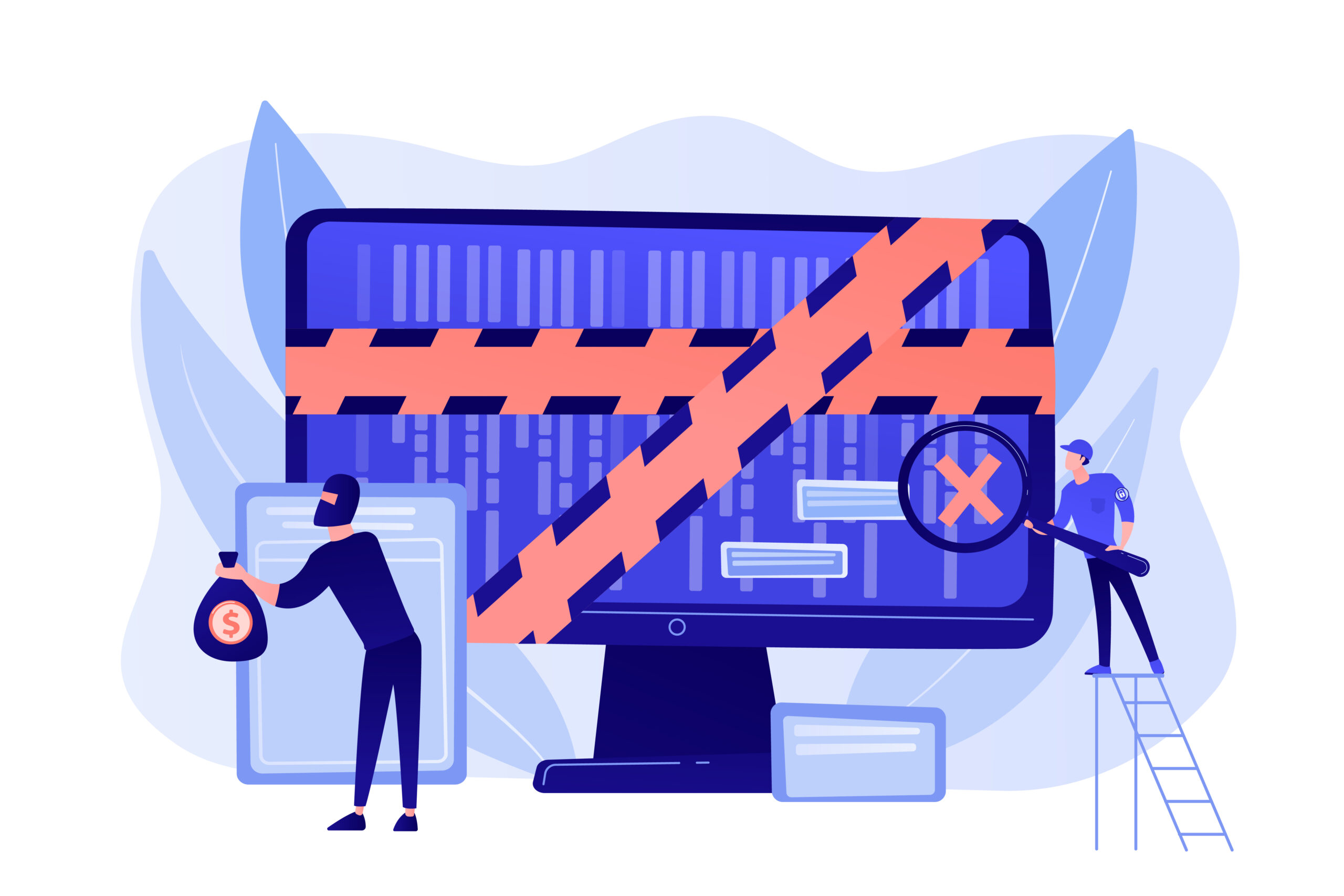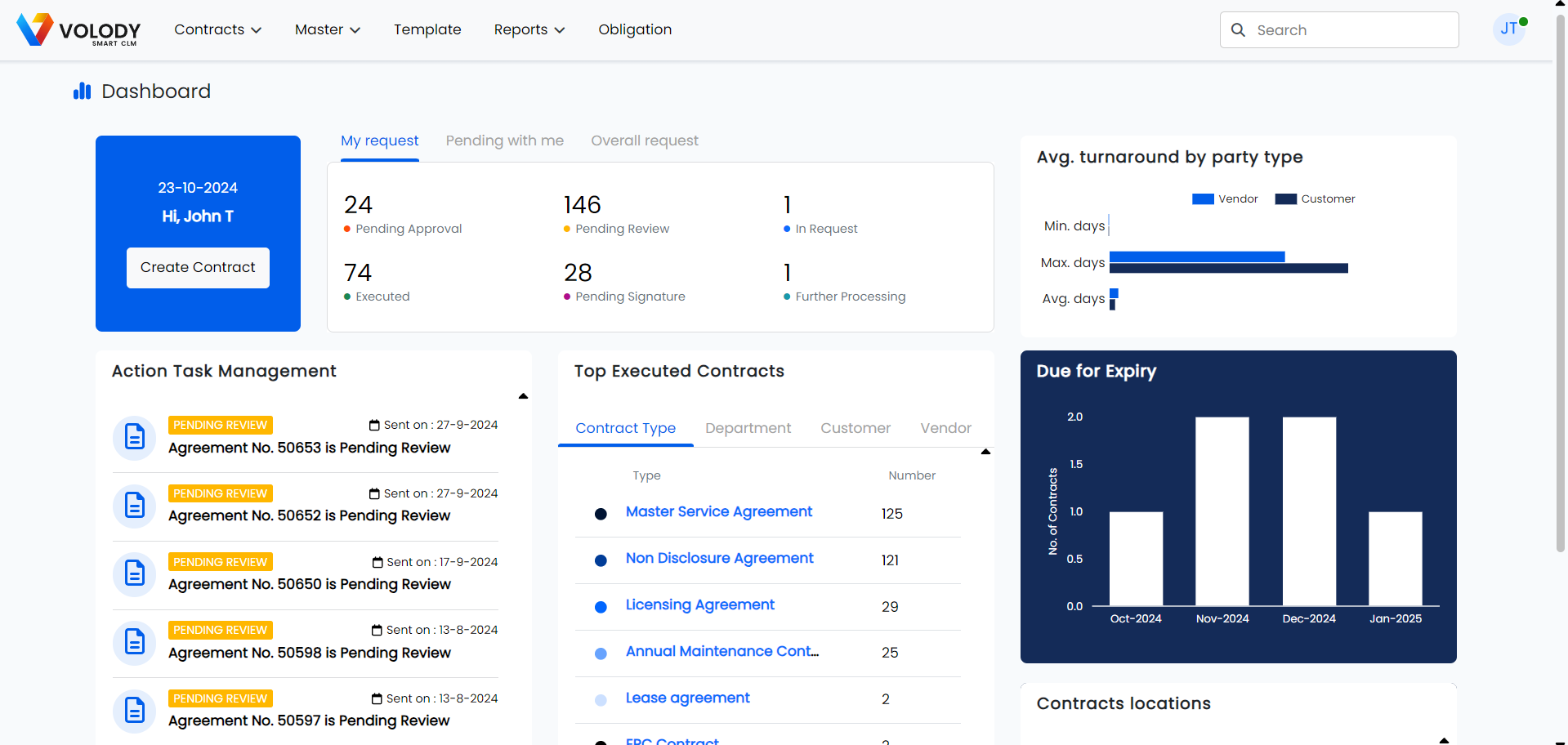Failed CLM implementation can be a costly setback for organizations of all sizes. Contract Lifecycle Management (CLM) is a critical, multi-step process that, when implemented successfully, helps businesses save time and money, reduce risk, and improve compliance. However, CLM implementations are complex, and many organizations struggle to achieve their desired outcomes. To avoid common pitfalls, it’s essential to understand the importance of a well-defined strategy, explore best practices for effective implementation, and create a robust plan in the planning phase. Addressing potential challenges early and ensuring smooth user adoption throughout the process can significantly increase the chances of a successful CLM deployment.
Understanding CLM and Its Importance

In today’s fast-paced business environment, agreements are the backbone of successful operations. From vendor agreements to customer agreements, managing these documents efficiently is vital. This is where Contract Management Software comes into play, providing a systematic approach to handling agreements throughout their lifecycle.
Contract Management Software encompasses all stages of an agreement’s journey, from initiation and authoring to negotiation, execution, ongoing management, and eventual renewal or termination. By streamlining these processes, organizations can improve efficiency, minimize risks, and enhance overall agreement visibility.
Defining Contract Lifecycle Management (CLM)
Contract Lifecycle Management refers to the management of agreements from initiation through execution to ongoing agreement renewal and analysis, including initial contract lifecycle management aspects and the creation of agreement templates. It involves the effective use of programmatic contract solutions, analytics, and contract analytics initiatives in workflow automation to streamline the contract lifecycle. CLM solutions serve as a single source of truth for all agreements-related information, providing visibility and control over a company’s agreements. By integrating new technologies like AI and analytics, Contract Management Software enhances efficiency, reduces risks, and ensures compliance throughout the contract management process. Successful CLM implementation hinges on comprehensive training, user adoption, and tailored deployment strategies.
The Strategic Value of CLM in Business Operations
A CLM software provides a centralized repository for agreements, acting as a single source of truth for all stakeholders. This eliminates the need for manual searches through shared drives or physical files, streamlining agreements retrieval and promoting collaboration among teams.
Moreover, CLM systems offer automation capabilities that minimize manual effort and reduce the risk of human error. Organizations can significantly accelerate contract cycle times by automating tasks such as agreement generation, approvals, and reminders.
Effective contract management facilitated by a CLM solution enhances compliance efforts by providing tools for tracking key dates and obligations. The system can automatically alert relevant stakeholders about upcoming deadlines, reducing the risk of missed renewals, contractual disputes, or compliance breaches.
Related Article : Best Contract Management Software in 2024
The Top Reasons Behind CLM Implementation Failures

Implementing a CLM solution can be a game-changer for businesses, but the journey is not without its challenges. A significant number of CLM implementations fail to deliver on their promised benefits, often due to a combination of strategic, technical, and organizational hurdles.
These hurdles can range from a lack of clear objectives and insufficient stakeholder buy-in to technical difficulties and resistance to change. Let’s examine some of the most prevalent reasons behind these and explore how organizations can navigate these complexities for a successful CLM implementation.
Lack of Clear Objectives and Goals
A common pitfall in CLM implementation is the lack of a well-defined CLM strategy with clear objectives. It’s not enough to simply implement a system; organizations need to define what they aim to achieve with their CLM solution.
Without specific, measurable, achievable, relevant, and time-bound (SMART) goals, the risk of failure increases significantly. Are you aiming to reduce contract cycle times, improve compliance, minimize risk, or all of the above? Clearly defining these objectives provides a roadmap for implementation and helps measure success.
Identifying key performance indicators (KPIs) aligned with these objectives is crucial for tracking progress and demonstrating the value of the CLM implementation to stakeholders.
Insufficient Stakeholder Engagement
CLM implementations impact various departments, including legal, sales, procurement, and finance. It’s crucial to engage key stakeholders from each of these groups early in the process to ensure their needs are considered, and their buy-in is secured.
Failing to involve a group of key stakeholders from the outset can lead to resistance, adoption challenges, and ultimately, project failure. Each stakeholder group has unique perspectives and requirements; incorporating these diverse viewpoints is essential for successful implementation.
Regular communication, workshops, and training sessions throughout the process can help address concerns, foster ownership, and pave the way for a smooth transition.
Technical Challenges in CLM Deployment
While strategic and organizational factors are critical to CLM success, overlooking the technical aspects can be equally detrimental. Technical challenges during deployment are a significant contributor to CLM implementation failures.
These can range from issues integrating the CLM with existing systems to complexities surrounding data migration and a lack of technical expertise. Let’s explore some of these technical hurdles in more detail.
Integration Issues with Existing Systems
Many organizations underestimate the importance of seamless integration when deploying a CLM solution. Integrating the CLM system with existing CRM, ERP, and other relevant systems is crucial for data consistency and process efficiency.
Compatibility issues can arise if the CLM system does not communicate effectively with existing systems, leading to data silos, manual workarounds, and a fragmented workflow. This lack of integration can hinder data accuracy, reduce visibility across departments, and create roadblocks in the contract lifecycle.
Prioritizing integration compatibility from the outset and selecting a Contract Lifecycle Management solution that seamlessly integrates with existing systems is vital for a successful deployment.
Underestimating the Complexity of Data Migration
Data migration is often one of the most complex and time-consuming aspects of a Contract Lifecycle Management implementation. Organizations often underestimate the complexity of migrating legacy contract data into the new system, which can lead to delays and data integrity issues if not handled properly.
This migration involves cleansing, standardizing, and mapping data from various sources, requiring meticulous planning and execution. A lack of proper data governance and standardization can further complicate the migration process.
To mitigate risks associated with data migration, organizations should engage data migration specialists if needed and develop a comprehensive data migration plan that includes data cleansing, validation, and testing.
Organizational Challenges Impacting CLM Success
Beyond strategic planning and technical considerations, organizational factors play a pivotal role in Contract Lifecycle Management implementation success. Overlooking the human element can lead to resistance, low adoption rates, and ultimately, an unsuccessful implementation.
Resistance to Change Within Teams
Implementing a Contract Lifecycle Management system often requires changes to existing processes and workflows, which can be met with resistance from employees accustomed to the old ways of doing things. Resistance to change is a natural human response, and it’s essential to acknowledge and address it through effective change management practices.
Inadequate Training and Support for Users
One of the most common and critical pitfalls in Contract Lifecycle Management (CLM) implementations is underestimating the importance of comprehensive training and ongoing support for users. A lack of proper training often results in low adoption rates, misuse of the software, and frequent errors, all of which can hinder the effectiveness of CLM solutions.
Effective training should go beyond a single, introductory session. Instead, it should be an ongoing process that adapts to users’ evolving needs and any system updates or feature enhancements introduced over time. By regularly assessing user challenges and providing continuous education, businesses can ensure that employees are fully equipped to make the most of the CLM system’s capabilities.
To truly empower users, organizations should also offer accessible user documentation, comprehensive FAQs, and responsive support channels. This combination can enable users to troubleshoot issues independently, access clear answers to their questions, and feel confident in navigating the system. Ensuring that users feel supported and informed is essential to maximizing the ROI of CLM implementation and fostering a smooth, successful adoption across the organization.
Related Article : 5 Tips for Effective Contract Collaboration: A Short Guide
Case Study: A Company’s Journey from Failure to Success with Volody
Let’s examine a hypothetical case study of a company that initially faced challenges with its Contract Lifecycle Management implementation but turned things around by switching to Volody:
Company X struggled with their existing Contract Lifecycle Management system due to a lack of user-friendliness and poor integration capabilities. This led to low adoption rates, particularly within the legal team, who found the system cumbersome and inefficient. Recognizing the need for a change, Company X decided to switch to Volody.
|
Feature |
Previous CLM |
Volody |
|
User Interface |
Complex and difficult to navigate |
Intuitive and user-friendly |
|
Integration Capabilities |
Limited integration with existing systems |
Seamless integration with CLM |
|
Reporting and Analytics |
Basic reporting features |
Advanced reporting and analytics dashboards |
|
Customer Support |
Slow response times and limited support resources |
Responsive customer support and comprehensive documentation |
How Switching to Volody Turned the Tide
Volody’s intuitive user interface was instrumental in driving user adoption of the new software. The legal team found the platform easy to navigate and use, leading to a significant increase in their productivity. By starting with a clear use case, contract creation, review, and approval processes were streamlined, freeing up valuable time for the legal department to focus on more strategic initiatives.
Volody’s seamless integration with Company X’s existing CRM and ERP systems eliminated data silos and manual processes, further enhancing efficiency. The integration enabled automated data flow between systems, ensuring data accuracy and providing a holistic view of contract data across the organization.
This successful Contract Lifecycle Management implementation was a result of not just Volody’s robust features but also a well-executed change management process. Company X prioritized user training and provided ongoing support to ensure a smooth transition to the new system.
Related Article : Contract Storage Made Easy: Tips for Success
How Volody Facilitates Smooth AI CLM Implementation

Volody facilitates a smooth AI Contract Lifecycle Management implementation by offering an intuitive, user-friendly platform that seamlessly integrates with existing workflows. Its AI-powered features automate key contract processes like drafting, reviewing, and approval, reducing manual effort and errors. With robust customization options, Volody tailors the system to meet the unique needs of each organization, ensuring minimal disruption during the transition. Comprehensive onboarding and training further ease the adoption process, while continuous support guarantees that users can fully leverage the platform’s capabilities for improved contract management efficiency.
Related Article : What is Business Associate Agreement (BAA)? Detailed Guide
Conclusion
In conclusion, successful Contract Lifecycle Management (CLM) implementation requires a foundation of clear objectives, strong stakeholder engagement, and the ability to address both technical and cultural challenges. Failed CLM implementations often stem from inadequate planning, lack of user training, and resistance to change.
FAQs
Why is stakeholder engagement crucial for successful CLM implementation?
Stakeholder engagement is vital for Contract Lifecycle Management success because it ensures that the needs of all key stakeholders are considered during the planning phase. Early and continuous engagement contributes to effective change management, leading to greater buy-in and a smoother implementation process.
What are some common challenges faced during a CLM implementation?
Organizations often encounter various challenges during Contract Lifecycle Management implementation, such as technical challenges like data migration and integration issues, as well as organizational challenges like resistance to change and difficulties in providing adequate training for effective use of the new system.





